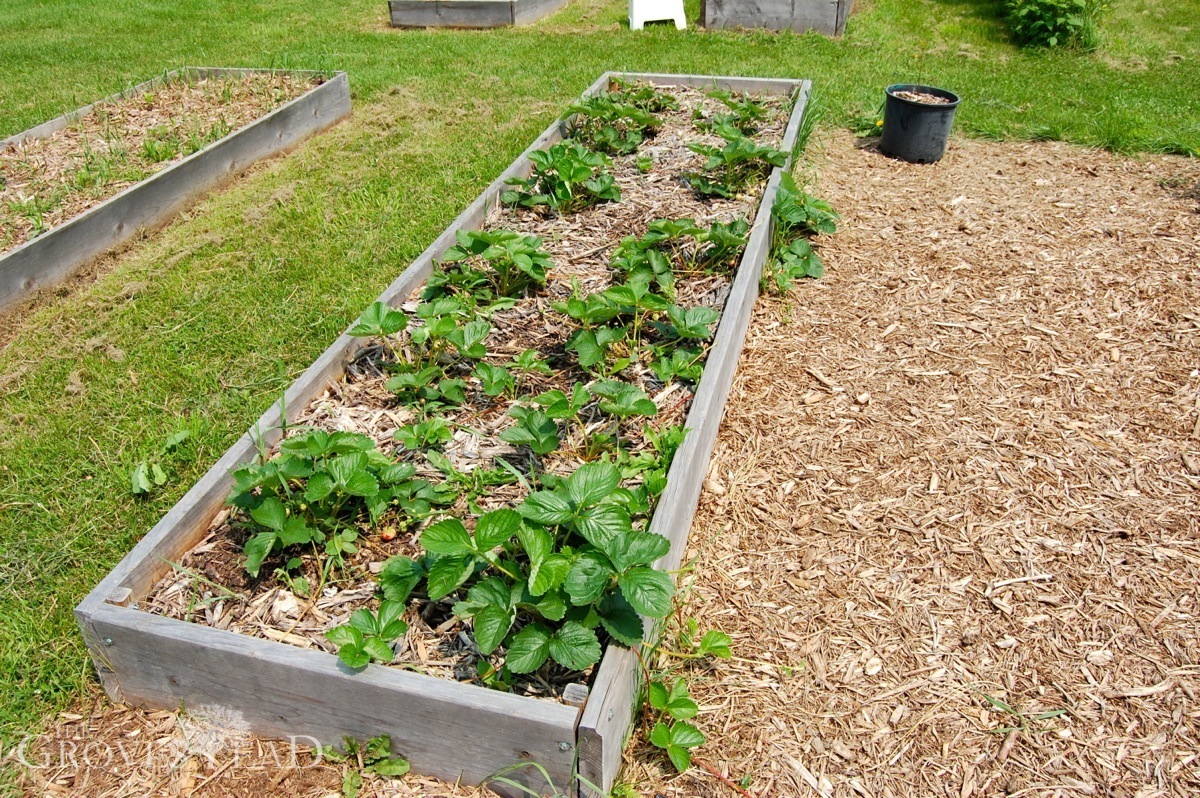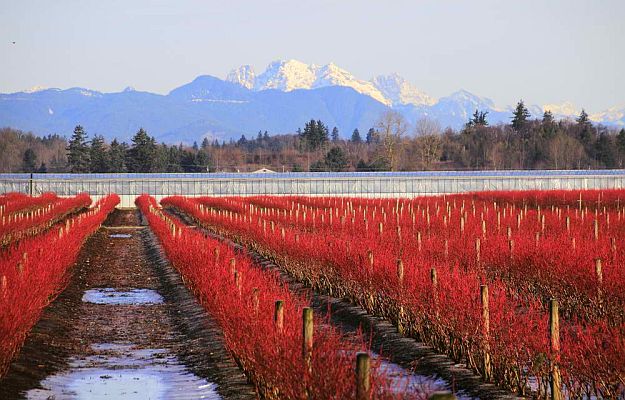Growing Blueberries on your homesteads is not just for a source of food but it also benefits your landscape. In fall, Blueberries green foliage turns into dazzling shades of crimson. If you've ever wanted to have that dual purpose plant in your homestead, blueberries are perfect options. And you're in luck because we have some tips on how to grow blueberries.

Growing Blueberries on Your Homestead
By Anna Ikona
Growing blueberries are very fun and easy. Following this guide, you'll be able to grow over 5 kg of blueberries on each bush per growing season! Yum! Blueberries are full of fiber, potassium, folate, vitamin C, vitamin B6 and decreases the chances of heart disease. You'll love the many benefits of blueberries!
Step 1:

So, first of all, let's pick out the perfect blueberry plant. Speaking of which, did you know that blueberries are not trees, but actually bushes. They grow more horizontally than vertically, and have more than one main stem, which makes it a true bush. Anyway, choose a bush with the thickest stems as possible. Make sure that the leaves don't have any dots or specks or cuts. The leaves should be light green, and must not be curly or curved. They should be straight!
Step 2:

Next, choose a good planting plot. Blueberries like as much sun as possible. Midday sunlight is preferred. Also, the soil should be welldrained, as blueberry bushes don't like too much water. In my opinion, when it comes to these berries, less water is better than more water! Another thing to consider is that blueberries like acidic or alkaline soil. If you have a soil test kit available to you, you could test your soil to make sure it’s a little bit alkaline.
Step 3:

Use a large shovel to dig a hole twice as big as the blueberry bush's rootball. Remove the container off of the rootball and gently rub the roots to loosen the soil around the roots. This should help the roots spread out once planted. Add a 3-inch layer of the garden or multipurpose soil at the bottom of the hole. Place the rootball on the soil, and fill up the rest of the hole up with soil. Pat and compress the soil with our foot.
Step 4:
Water the blueberry bush right after planting. Poke your finger into the soil. If your finger comes out wet with dirt, you have watered enough. Water your blueberry bush every week, more or less depending on the weather. If the leaves start wilting, it means that more water is needed. If the leaves yellow, start watering less.
Step 5:

Blueberries are one of the very few plants that are able to grow very well without fertilizer. However, if you do want to fertilize, make sure to do it in early spring / late winter. Use multipurpose 202020 watersoluble fertilizer. Follow the directions on the packing.
Blueberries: A Homesteading Guide To Fresh Backyard Berries https://t.co/wo3T0P24Ns pic.twitter.com/yxpEwhPH2g
— Homesteading (@HomesteadingUSA) April 28, 2016
Step 6:

As I mentioned before, blueberries like alkaline and acidic soil, so what I like to do is add a tablespoon of apple cider vinegar to a watering can of water and water the blueberry bush with the solution every other month. Or, I dig in some leftover lemon peels into the soil around the blueberry plant.
Step 7:

If you plan on growing your blueberries in a row, it would be very helpful to plant them along some sort of fence. This will not only make things more organized but also provide support so that the blueberries grow faster and stronger.
And that's all! Plant, grow, and harvest your perfect blueberries!
Need more tips? Then watch this video from LearnHowToGarden to see how to grow blueberries:
Thanks for checking our Growing Blueberries On Your Homesteads post! Will your try to grow blueberries for your homestead now? Let us know in the comments below.
Follow us on instagram, twitter, pinterest, and facebook!
Like this? Then, you’ll LOVE!
Container Gardening Tips For Homesteaders

[…] Growing Blueberries on Your Homestead […]